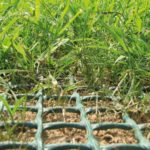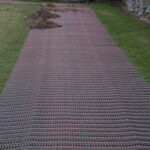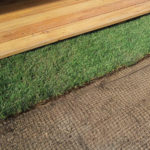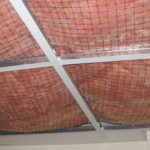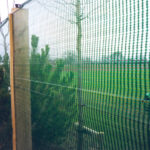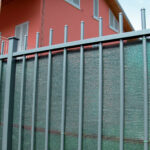Choosing Between Plastic, Galvanised, and PVC-Coated Fencing Materials
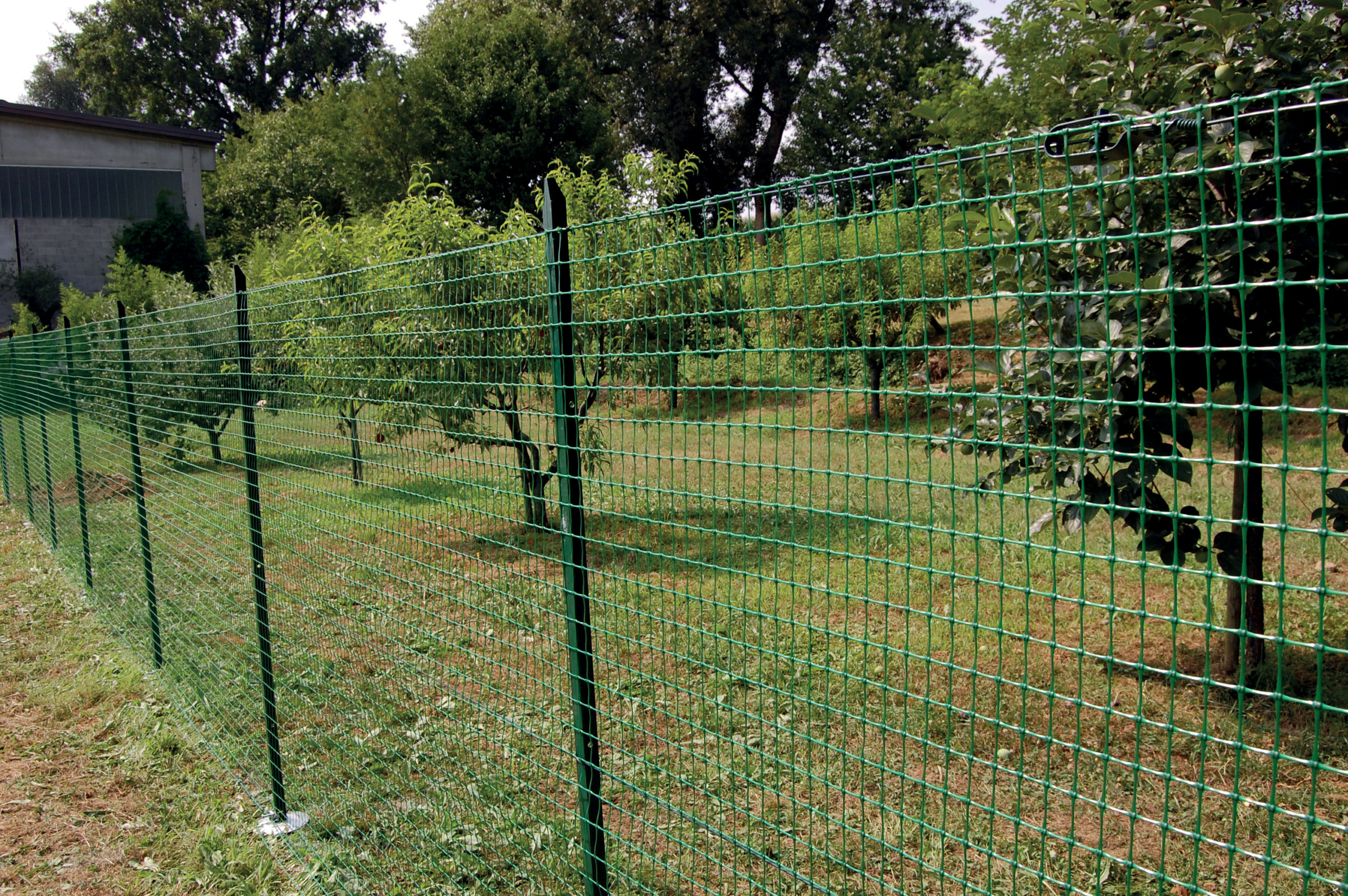
When it comes to choosing fencing for your garden, paddock, or commercial space, one size definitely doesn’t fit all. The right fencing material can make a big difference in longevity, maintenance, appearance, and cost — not to mention how well it stands up to the British weather.
At GroundStores, we supply a wide range of plastic, galvanised, and PVC-coated fencing options, each designed to suit different applications. Here’s a breakdown to help you decide which material is right for your next project.
Plastic Fencing
Plastic (polyethylene or polypropylene) fencing is lightweight, flexible, and resistant to rust or rot. It’s commonly used for temporary fencing, garden borders, animal enclosures, and windbreaks.
Pros:
- Weatherproof – won’t rust, corrode, or absorb water
- Lightweight and easy to install
- Low maintenance – no painting or treating required
- Safe for animals due to flexible, smooth edges
- Affordable – one of the cheapest fencing materials
Cons:
- Less rigid than metal options
- Can degrade over time if not UV-stabilised
- Shorter lifespan (around 5–10 years depending on conditions)
Best for:
Gardens, allotments, poultry runs, pet enclosures, windbreaks, and temporary barriers.
Typical cost (UK 2025): £1–£3 per metre depending on mesh size and strength.
Galvanised Fencing
Galvanised fencing is made from steel wire coated with zinc to prevent rust. It’s strong, secure, and one of the most popular options for both residential and agricultural use.
Pros:
- Very strong and impact resistant
- Zinc coating protects against corrosion and rust
- Long lifespan (15–30 years)
- Great long-term value
- Suitable for many uses – from boundaries to livestock areas
Cons:
- Heavier than plastic, so installation can take longer
- Industrial appearance may not suit decorative settings
- Can have sharp edges during installation
Best for:
Farms, livestock fencing, boundaries, construction sites, and sports grounds.
Typical cost (UK 2025): £2–£6 per metre depending on wire gauge and pattern.
PVC-Coated Fencing
PVC-coated fencing combines the strength of galvanised steel with a protective plastic coating. The result is a fence that’s tough, long-lasting, and visually appealing — ideal for gardens and professional environments alike.
Pros:
- Double protection from rust and weather
- Long lifespan (20–35 years)
- Attractive finish – blends into surroundings
- Smooth surface – safer and easier to handle
- Minimal maintenance required
Cons:
- More expensive upfront
- If the coating is damaged, corrosion can start underneath
Best for:
Gardens, schools, sports grounds, paddocks, and decorative boundaries.
Typical cost (UK 2025): £3–£8 per metre depending on coating thickness and wire gauge.
Comparison Summary
Plastic fencing – budget-friendly and easy to install, great for light-duty use.
Galvanised fencing – strong, reliable, and great long-term value.
PVC-coated fencing – premium appearance with the best durability.
| Feature | Plastic | Galvanised | PVC-Coated |
|---|---|---|---|
| Strength | Moderate | High | Very High |
| Rust Resistance | Excellent | Good | Excellent |
| Maintenance | Low | Moderate | Very Low |
| Lifespan | 5–10 yrs | 15–30 yrs | 20–35 yrs |
| Appearance | Good | Industrial | Excellent |
| Cost (per metre) | £1–£3 | £2–£6 | £3–£8 |
Our Recommendation
If you’re on a tight budget or need temporary fencing, plastic is ideal.
For strong, long-lasting use in agricultural or security settings, go for galvanised.
If you want durability and an attractive finish, PVC-coated fencing offers the best balance.
At GroundStores, we stock all three fencing types along with posts, clips, and fixings to help you complete your project easily and affordably.
Final Tip:
Before you order, think about your installation environment — soil type, moisture, wind exposure, and whether animals or vehicles will contact the fence. Choosing the right material now can save you years of maintenance and replacement costs.

